José Augusto Stuchi
Frequency learning for image classification
Jun 28, 2020
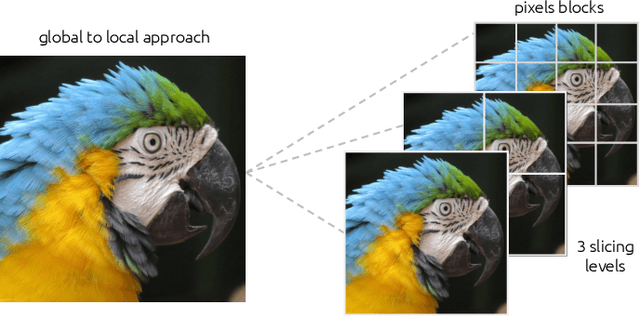
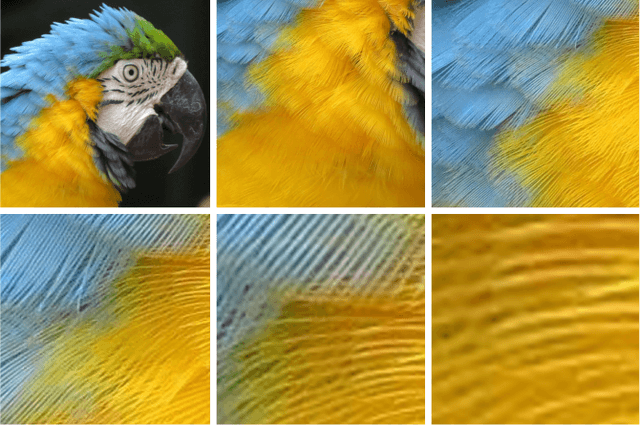

Abstract:Machine learning applied to computer vision and signal processing is achieving results comparable to the human brain on specific tasks due to the great improvements brought by the deep neural networks (DNN). The majority of state-of-the-art architectures nowadays are DNN related, but only a few explore the frequency domain to extract useful information and improve the results, like in the image processing field. In this context, this paper presents a new approach for exploring the Fourier transform of the input images, which is composed of trainable frequency filters that boost discriminative components in the spectrum. Additionally, we propose a slicing procedure to allow the network to learn both global and local features from the frequency-domain representations of the image blocks. The proposed method proved to be competitive with respect to well-known DNN architectures in the selected experiments, with the advantage of being a simpler and lightweight model. This work also raises the discussion on how the state-of-the-art DNNs architectures can exploit not only spatial features, but also the frequency, in order to improve its performance when solving real world problems.
Cross-Domain Face Verification: Matching ID Document and Self-Portrait Photographs
Nov 17, 2016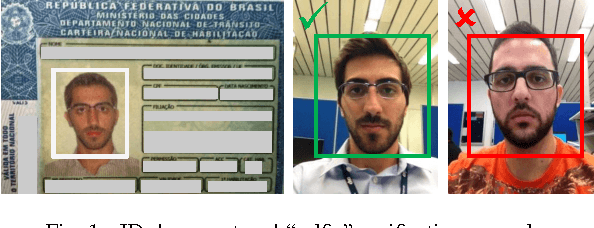
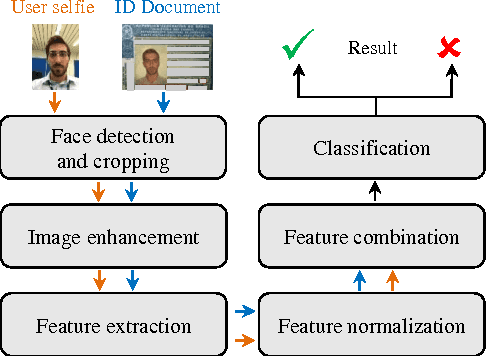
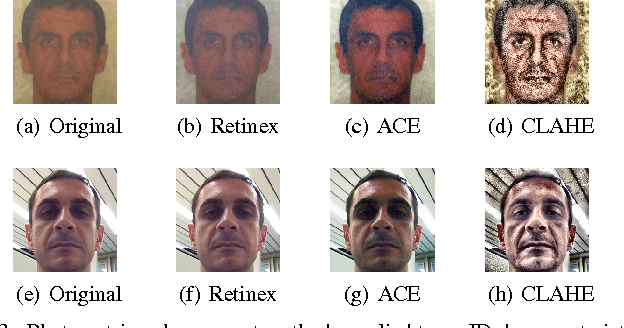
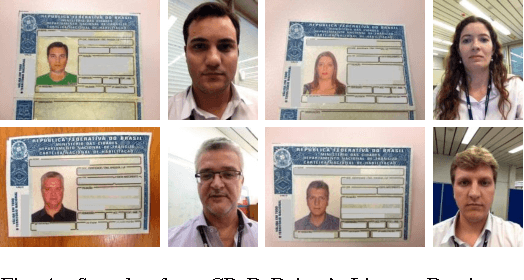
Abstract:Cross-domain biometrics has been emerging as a new necessity, which poses several additional challenges, including harsh illumination changes, noise, pose variation, among others. In this paper, we explore approaches to cross-domain face verification, comparing self-portrait photographs ("selfies") to ID documents. We approach the problem with proper image photometric adjustment and data standardization techniques, along with deep learning methods to extract the most prominent features from the data, reducing the effects of domain shift in this problem. We validate the methods using a novel dataset comprising 50 individuals. The obtained results are promising and indicate that the adopted path is worth further investigation.
Using Deep Learning for Detecting Spoofing Attacks on Speech Signals
Jan 19, 2016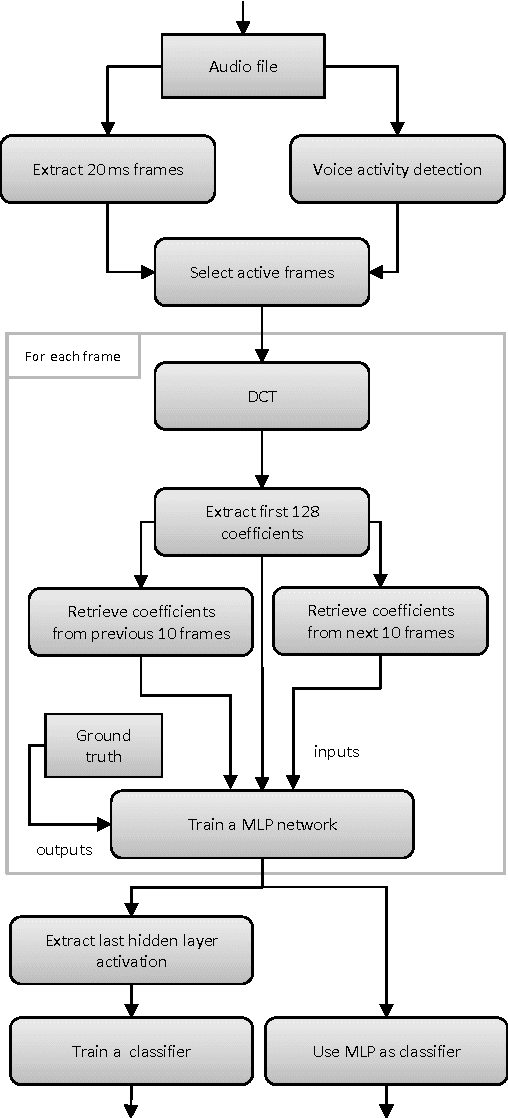

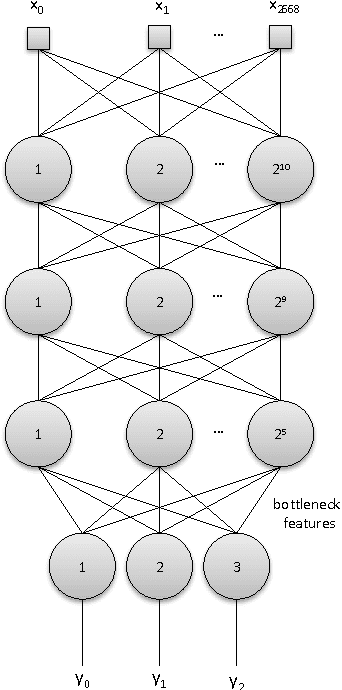
Abstract:It is well known that speaker verification systems are subject to spoofing attacks. The Automatic Speaker Verification Spoofing and Countermeasures Challenge -- ASVSpoof2015 -- provides a standard spoofing database, containing attacks based on synthetic speech, along with a protocol for experiments. This paper describes CPqD's systems submitted to the ASVSpoof2015 Challenge, based on deep neural networks, working both as a classifier and as a feature extraction module for a GMM and a SVM classifier. Results show the validity of this approach, achieving less than 0.5\% EER for known attacks.
 Add to Chrome
Add to Chrome Add to Firefox
Add to Firefox Add to Edge
Add to Edge